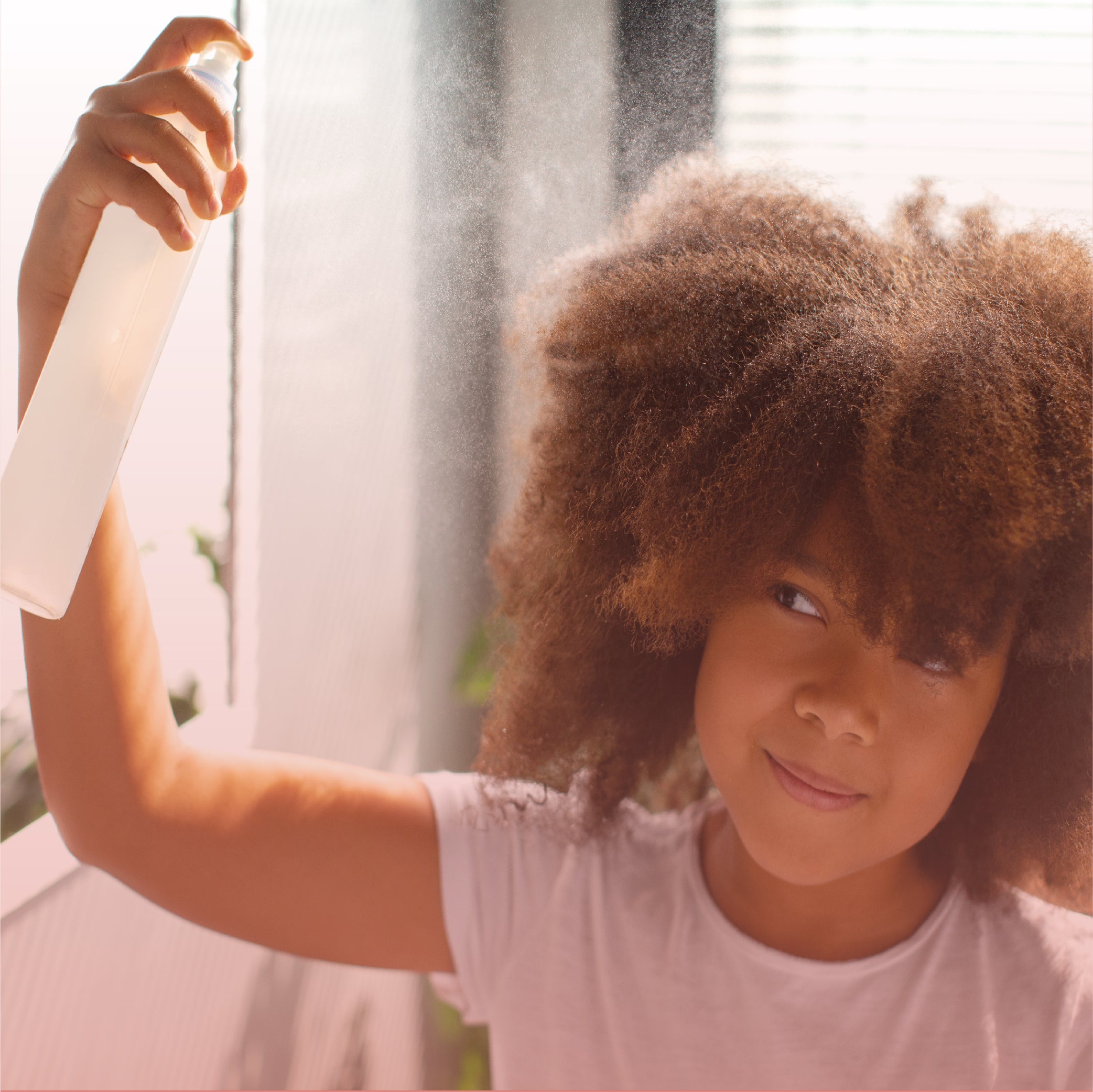Your Cart is empty
How to start your healthy hair journey
It’s never too late to embrace your natural hair. The start of a new year is the perfect time for ditching chemicals and heat so your natural curls can thrive.
Unfortunately, you’re not going to have healthy curls overnight. But, you will be surprised at how much progress you can make with a good hair care routine, the right products and most importantly, consistency.
Still trying to figure out where to start? Here are 4 easy ways of starting your natural hair transition.

Do a big chop to remove any dead ends
Doing a big chop can seem pretty daunting, but holding on to dead and damaged hair is only going to slow down your transition.
Once the most damaged ends are gone you’ll have a more consistent texture all over which makes detangling and styling much easier.
Choosing products will also be lot easier since you won't need to accommodate for two types of hair, which will means better results whether you prefer a curl defining cream or a defining gel
Wear protective styles to encourage growth
It will take some getting accustomed to having natural hair, especially if you're used to having it chemically straightened.
Luckily, there are so many ways of wearing your natural hair and your transition is the perfect time for experimenting!
Wearing wigs can be a good way of switching up your look as well as braids, twists and bantu knots. But don't go overboard while using edge control or styling glue to tidy up your hair. If your edges are already delicate, you shouldn't have them tightly pulled back for each style.


Keep your hair well moisturized
Afro hair loves moisture and if you’re transitioning from using chemicals or heat regularly then your natural hair is probably crying out for some hydration — so give it what it needs!
To restore lost moisture, increase elasticity, and maintain the strength of your hair, you can start by using a deep conditioner once every two weeks (or once a week if your hair is severely damaged).
For styling, try a leave-in conditioner as they’re great for nourishing your natural hair with vitamins and minerals that will help you transition your hair from unhealthy to happy!
Be patient and consistent with your natural hair
Taking progress photos can be a great way to keep track of your progress. Even if it doesn't seem like it, when you stop using heat or chemically changing your hair, this is a big step towards restoring your natural hair and photos will show that!
Even if it seems like your hair isn’t improving when you stop using heat or chemically altering your hair, that's already a big step in reviving your natural hair — taking progress pictures can be a great way of recording your progress.
Consistency matters too so don’t forget about your nighttime hair routine. Apply rosemary oil (or another oil of your choice) on your scalp, edges and ends before putting on your bonnet and going to sleep. These habits will make your natural hair look and feel much healthier as it transitions.





